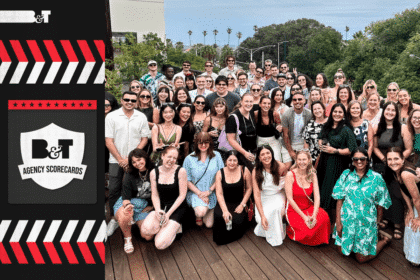The Australian internet advertising market grew by 11.1 per cent to $16.4 billion in spend for 2024, according to the IAB Australia Internet Advertising Revenue Report (IARR) which was released today.
The report, which was prepared by PwC Australia, found that video investment grew substantially, up by 19.6 per cent to reach $4.5 billion.
Search and directories advertising increased 10.1 per cent to $7.2 billion, while classifieds expenditure increased by 8.3 per cent to $2.6 billion.
Static display advertising grew just 1.7 per cent to $2 billion and audio expenditure increased 17.8 per cent to reach $313 million.
It was a strong year for digital video advertising with all video formats experiencing double digit growth. Video displayed on social platforms now represents more than one third of total video expenditure by video platform, ahead of BVOD and other video expenditure.
Olympics investment in the third quarter was one of the key drivers for the strong growth for the video market.
Connected TV yielded the greatest share of content publishers’ video inventory expenditure, reaching a new peak of 51 per cent for the calendar year, with mobile and desktop expenditure decreasing.
The buying type for content publishers display inventory remained steady, with internet advertising from an agency via insertion order stable at 44 per cent, client direct buying at 17 per cent and programmatic purchasing at 39 per cent.
Retail remained the top industry category for display advertising at 17.1 per cent share of the ad spend for 2024, followed by automotive which continued its post COVID climb to reach 14.8 per cent with finance rounding out the top three despite slightly dipping to 8 per cent.
“After a modest growth rate of 3.7 per cent in 2023, the digital advertising market again achieved double digit growth in 2024 sustained by an ever-increasing range of ad formats and environments, as well as spend from the SME market right through to the big end of town,” IAB Australia CEO Gai Le Roy said.
“As always growth is mixed across the market, and it is tougher for those content publishers who do not have significant video inventory and are relying on standard display inventory.”










